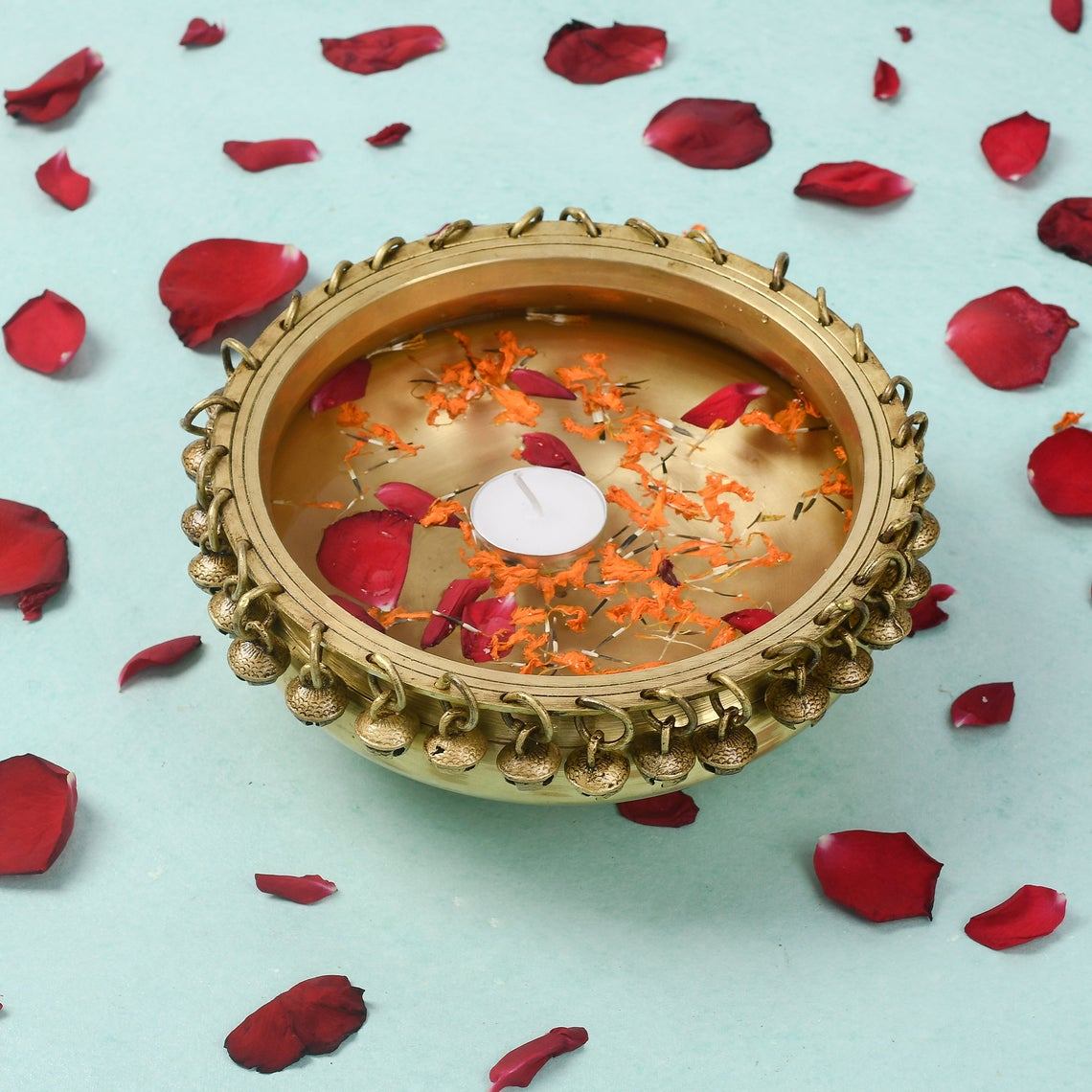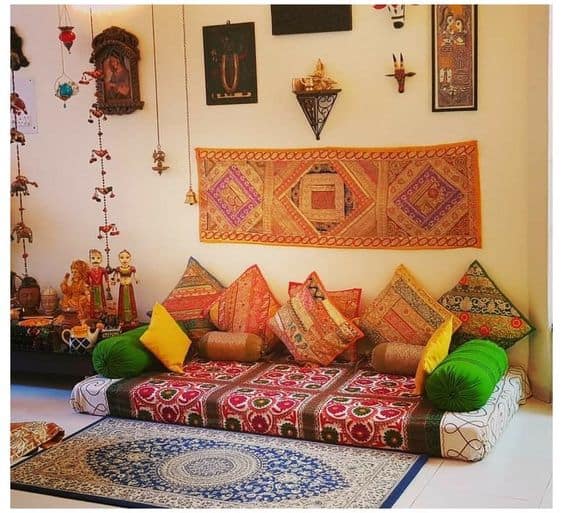Indian decorative items are a celebration of the country’s rich heritage, embodying a fusion of art, culture, and tradition. As someone who has spent years exploring these elements in homes and markets, I can attest to their transformative power in enhancing any space. In this comprehensive guide, we will delve into various types of decorative items, their significance, and how to incorporate them into modern living spaces.
Understanding the Charm of Indian Decorative Items
Decorative items from India are not just accessories; they tell stories of centuries-old traditions, regional diversity, and artistic expressions. From intricate wood carvings to vibrant textiles, each piece reflects the culture and craftsmanship of its origin.
The Rich Tapestry of Indian Culture
Indian decorative items are deeply intertwined with the country’s festivals, beliefs, and historical events. Whether it’s a Diwali lantern or a carvable wooden Ganesh, these items often hold cultural significance that resonates with people.

Types of Indian Decorative Items
Here’s a glimpse of various types of decorative items that you can explore:

- Brass and Copper Artifacts
- Textiles (Rajasthani quilts, Kantha work)
- Wooden Carvings
- Pottery and Ceramics
- Wall Hangings and Tapestries
- Paintings (Madhubani, Warli art)
Popular Indian Decorative Items and Their Uses

This section will explore individual items and how they can enhance your home decor.
1. Brass and Copper Artifacts

The lustrous finish of brass and copper adds a touch of elegance to any space. Items like vases, lamps, and puja thalis can serve both functional and decorative purposes.
Comparison: Brass vs. Copper Decorative Items
| Feature | Brass | Copper |
|---|---|---|
| Durability | Highly durable and resistant to corrosion | Less durable than brass |
| Maintenance | Requires periodic polishing | Oxidizes over time, resulting in a green patina |
| Appearance | Golden hue, often intricately designed | Reddish-brown color, simple designs |
| Cost | Usually more affordable | Can be more expensive due to raw materials |
2. Textiles: Tapestries and Quilts

Indian textiles are renowned for their vibrant colors and patterns. Tapestries and kantha quilts not only serve as wall hangings but can also be used as throws on couches or beds, infusing warmth and color into your space.
Popular Textile Types
- Kantha: Stitching technique using layers of old saris
- Rajasthani Quilts: Bright, intricate patchworks
- Dhurries: Handwoven rugs that add texture to floors

3. Wooden Carvings
Carved wooden items reflect India’s rich artisan culture. From intricately designed furniture to decorative figures, wood is a versatile medium that brings a rustic charm to modern interiors.
Pros and Cons of Wooden Decorative Items
- Pros: Unique designs, durability, and environmental friendliness.
- Cons: Can be expensive; requires regular maintenance to prevent wear.
4. Pottery and Ceramics
Indian pottery showcases a variety of techniques and styles, from terracotta items to glazed ceramics. These pieces can be incorporated into kitchen decor or used as standalone decorative items.
5. Wall Hangings and Tapestries
Wall hangings celebrate the artistic traditions of various regions in India. They can serve as striking focal points in your rooms.
Popular Wall Hangings
- Madhubani Paintings: Originating from Bihar, these folk paintings depict nature and mythology.
- Warli Art: A tribal art form from Maharashtra, representing daily life and nature.
How to Incorporate Indian Decorative Items into Your Home
Bringing Indian decorative items into your home doesn’t have to feel overwhelming. Here are some tips on how to blend these cultural elements with modern decor.
1. Create Focal Points
Use large decorative items like a brass lamp or a tapestry as focal points. Position them in well-lit areas to highlight their beauty.
2. Mix and Match Styles
Don’t shy away from mixing modern furniture with traditional Indian decor. A sleek modern sofa can be beautifully complemented with colorful kantha cushions.
3. Layer Textures
Incorporate different materials and textures. For instance, pair wooden artifacts with soft textiles and metallic elements.
Care and Maintenance of Indian Decorative Items
To ensure that your decorative items remain in pristine condition, proper care is essential.
Brass and Copper Care
- Clean with a soft cloth to prevent scratches.
- Use brass cleaner or vinegar for polishing.
Textile Care
- Wash carefully, preferably by hand, using mild detergents.
- Store in a cool, dry place to avoid mildew.
Wood Preservation
- Use wood polish to maintain shine and prevent drying.
- Avoid direct sunlight to prevent fading.
Frequently Asked Questions (FAQs)
What are the most popular Indian decorative items?
The most popular items include brass artifacts, textiles, wooden carvings, pottery, and various wall arts like Madhubani paintings.
How can I use Indian decorative items in a modern home?
Mix and match traditional items with modern decor, create focal points, and layer different materials to create a harmonious look.
Are Indian decorative items affordable?
Prices vary widely based on craftsmanship, material, and brand. There are affordable options available, especially from local artisans.
What materials are commonly used in Indian decorative items?
Common materials include brass, copper, wood, textiles, and clay. Each material offers a unique aesthetic and cultural significance.
Conclusion: Embrace the Elegance of Indian Decorative Items
Incorporating Indian decorative items into your home is not just about aesthetics; it’s about embracing a rich cultural heritage. As you explore and curate your collection, remember that each piece carries a story, a tradition, and a timeless charm that adds depth to your living space. Whether you choose to adorn your home with vibrant textiles or elegant brass artifacts, these items will surely bring a touch of India’s cultural richness into your life.